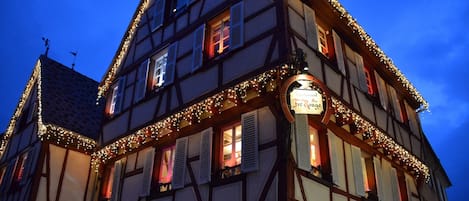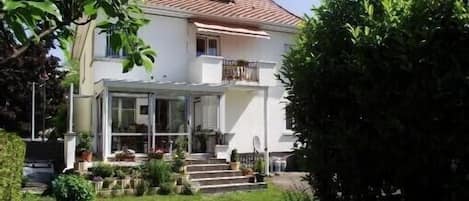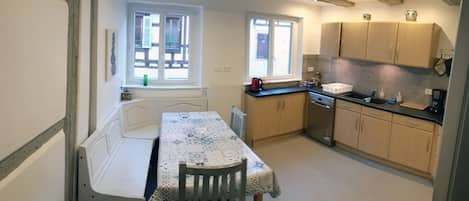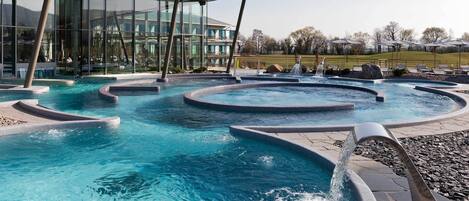بيت كامل
Colmar center-Heart Little Venice cozy 8P home classified 3 * parking Wifi TV cab
إقامة في منزل عطلات على البحيرة مزودة بمطبخ وشرفة
معرض صور Colmar center-Heart Little Venice cozy 8P home classified 3 * parking Wifi TV cab





التقييمات
9.6 من 10
استثنائي
بيت كامل
4 من غرف النومحمام واحدتسع 891 متر مربع
وسائل راحة رائجة
إضافة التواريخ لمعرفة الأسعار
نبذة عن هذه المنشأة
وسائل الراحة في المنشأة
المنشآت الفندقية المشابهة
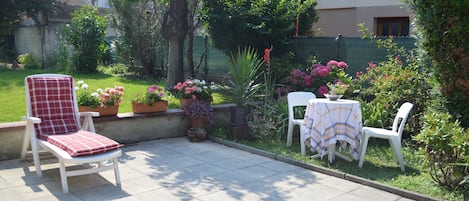
Colmar small garden of the semm 6 to 10 people, parking 4 private cars and iron
Colmar small garden of the semm 6 to 10 people, parking 4 private cars and iron
- مطبخ
- واي فاي مجاني
- غسيل الملابس
- المساحة الخارجية
9.6 من 10، استثنائي، 46 تقييمًا
السعر الحالي هو SAR 606
الإجمالي: SAR 1,170
يشمل الضرائب والرسوم
من 2025/11/18 إلى 2025/11/19
السياسات
معلومات مهمة
أمور يتعين عليك معرفتها
قد يتم تطبيق رسوم على إقامة شخص إضافي، وتختلف تلك الرسوم تبعًا لسياسة المنشأة
عند تسجيل الوصول، يلزَم تقديم بطاقة هوية شخصية صادرة عن جهة حكوميّة، بالإضافة إلى بطاقة ائتمان أو بطاقة سحب مباشر أو مبلغ تأمين نقدي لتغطية التكاليف النثرية
تخضع الطلبات الخاصة لمدى التوفر وقت تسجيل الوصول، وقد تستلزم سداد رسوم إضافية، ولا يمكن ضمان تلبية الطلبات الخاصة.
تُحظَر إقامة أي حفلات أو فعاليات جماعية في موقع المنشأة
لم يقدم المضيف أي معلومات عن توفر كاشف لأول أكسيد الكربون في المنشأة الفندقية؛ احرص على إحضار كاشف محمول معك في أثناء الرحلة
لم يقدم المضيف أي معلومات عن توفر كاشف دخان في المنشأة الفندقية
يدير هذه المنشأة الفندقية شريكنا، Vrbo. ستتلقى رسالة بريد إلكتروني من موقع Vrbo بها رابط إلى حساب على Vrbo، حيث يمكنك تغيير حجزك أو إلغائه.
رقم تسجيل المنشأة 6806600007013
أمور يجب علينا توضيحها
لا يمكن أن تتعدى قيمة أي معاملات نقدية في هذه المنشأة الفندقية مبلغ EUR 1000 نظرًا للتشريعات الوطنية. لمزيد من التفاصيل، يرجى التواصل مع المنشأة الفندقية باستخدام المعلومات الواردة في تأكيد الحجز.
لا يلزم استخدام سيارة للانتقال من وإلى هذه المنشأة الفندقية
نبذة عن الحيّ

Colmar, Grand Est

